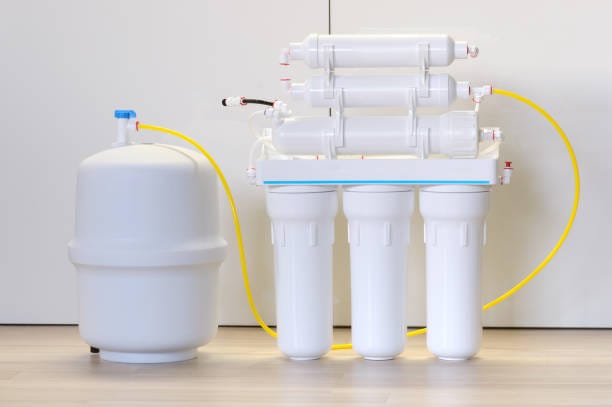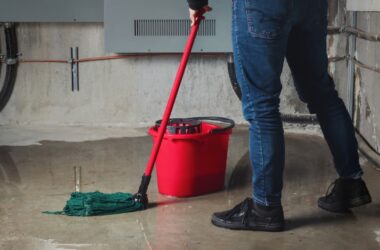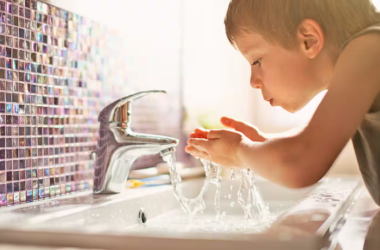Choosing an efficient home water filtration system could make a difference whether you use it for home purposes or other essential things. But choosing the best water filtration system for home is not a simple task. There is a multitude of variety of water filtration systems that offer different efficacy and performance. Among them, two are ubiquitous, i.e. carbon filters and reverses osmosis filtration systems. Carbon filters are a reliable water filtration system that does a great job capturing chemical impurities in water. Conversely, Reverse osmosis captures the same contaminants plus the heavy, toxic metals, etc. Both types of systems are designed for different purposes. Hence, in this article, we will break down the benefits and drawbacks of one over the other to give you a better idea of the water filtration system that befits your needs.
Carbon Filters
A carbon filtration system is one of the primeval technologies still employed on the planet. These types of filters generally permeate a wide range of the spectrum. This carbon filter consists of carbon gravel. These are usually found in refrigerator filters or Brita cartridges. Further, you purchase the same carbon gravel in the aquarium store. These filters are capable of eliminating chlorine from the water. Mainly, in most filters, carbon is found in a block form; some are activated carbon or similar. Typically, a high-quality carbon filter is more effective than a low-end reverse osmosis system. A high-quality water filtration system eliminates 99.99% of chlorine. Besides this, it also removes volatile organic compounds and heavy toxic metals.
Reverse Osmosis
A reverse osmosis system uses a high-quality carbon filter known as the “taste and odour” filter. Reverse osmosis works on membrane technology. Various thin-film composite (TFC) membranes are placed to force water over a semi-permeable membrane.
The filtration consists of three stages:
Pre-Filter: This eliminates the sediments and particulates from the water that can ruin the filter.
Membrane: This section is critical as the membrane separates the water from the non-water.
Post-Filter: This instils the taste and odour in the water. This will “polish” the taste and flavour of the water. Be cautious of 4-stage, 5-stage, or 20-stage systems. Generally, they are just unnecessary and redundant filters. An enhanced system such as Kinetico K5 Reverse Osmosis will have expansion ports. This is done to further purify te water. Examples of such specific-purpose cartridges are:
- Arsenic elimination
- Mineral addition / pH adjustment
- Virus guards
What to prefer?
Every technology is designed to cater for the needs of the customers. Hence, different technologies have different uses. For example, carbon filter water system mainly focuses on whole-home dechlorination. However, to evaluate both systems, we have to rely on the size of the fluid particles. Carbon filters remove 85% of particles sized 0.5-1 microns. On the other hand, the reverse osmosis system filters out 0.001-micron size particles, that’s a 500x size difference in capacity.
Hence, these are the difference between the carbon filters and reverse osmosis water system. However, choose the best home water filtration system that perfectly befits your requirements. Every system is designed considering its usage factors and surroundings.







